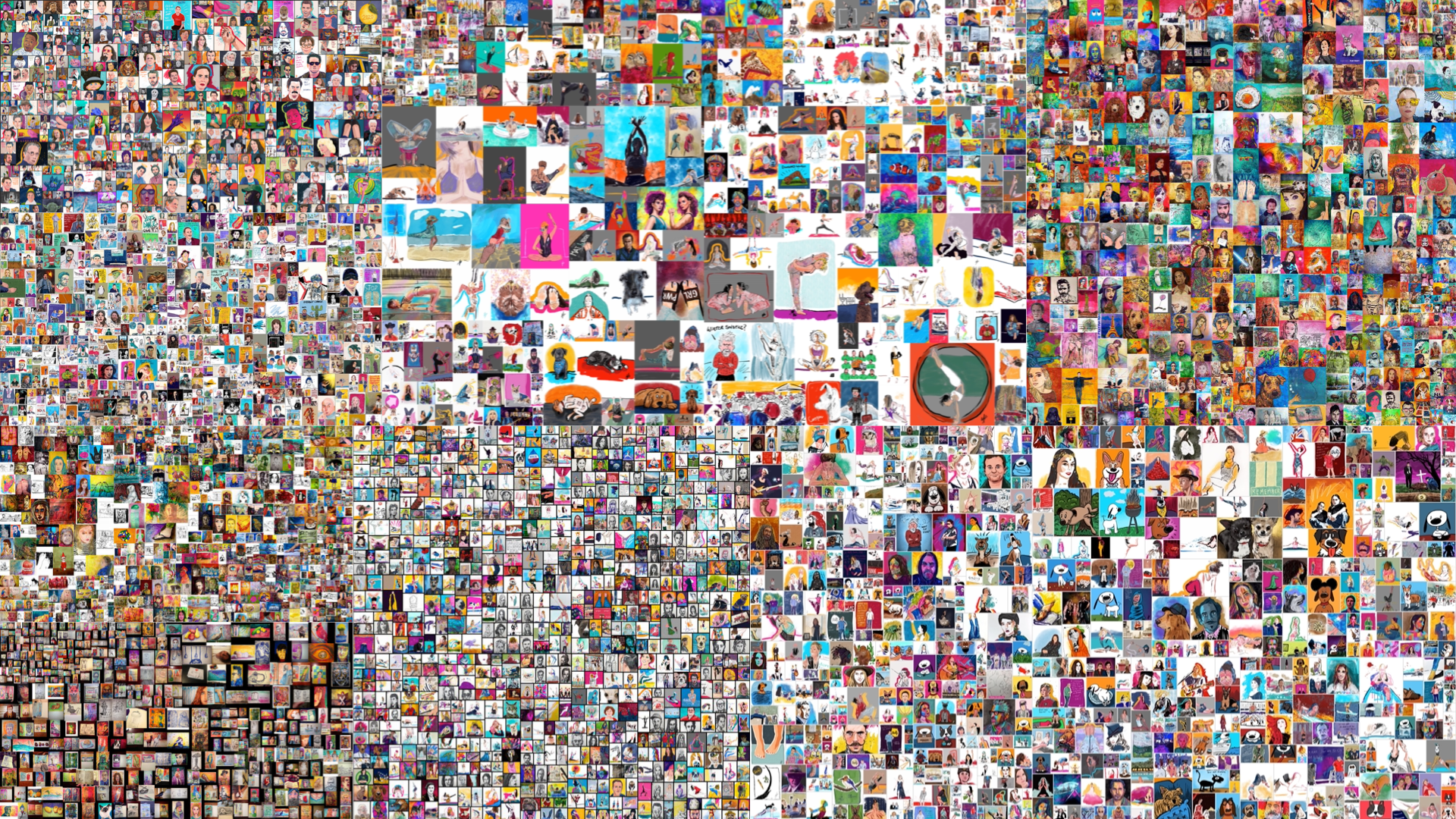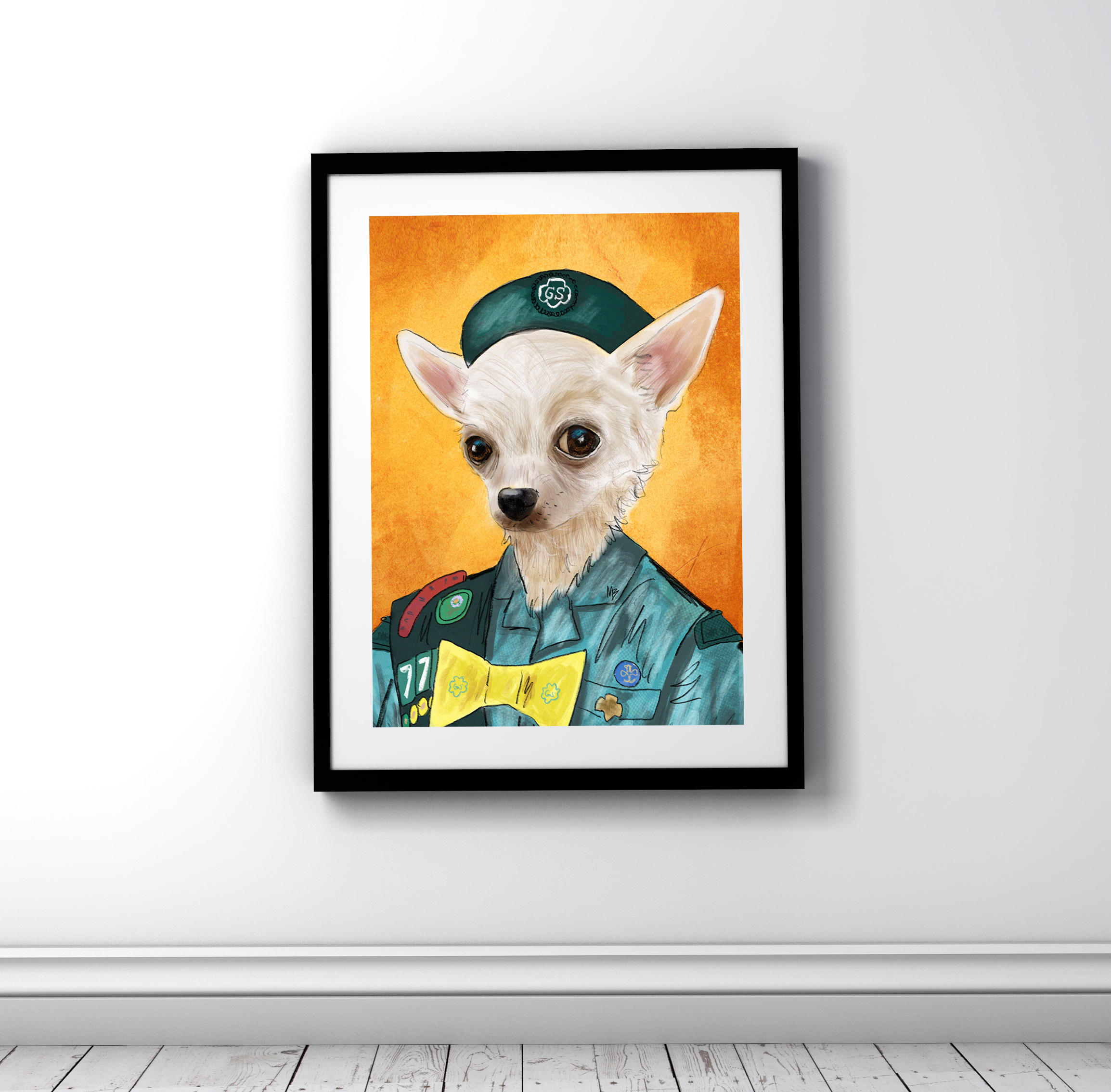I had a conversation with some friends recently that’s been lingering.
The gist? What does success look like for creativity? What if you get to the end of your life and you’ve never “made it”?
According to a 2012 Adobe study, 25% of people believe they are living up to their creative potential. No wonder that question stings a bit.
I remember that when I was younger, I just wanted to create, and get paid for it. That’s it. Enjoy the work I do and get paid for it.
I went to art school and graduated with a degree in graphic design, and upon graduation hit the pavement seeking employment.
I never stopped to think about what success looked like (beyond employment) or what I really wanted. The resulting years were one of seeking someone else to define those things for me, and a frustration that would rear its ugly head every few years resulting in a job change.
Creativity is a muscle, and a tool. But we still have to tie it to goals, desires and dreams.
But here’s a hard truth…
Creative success will remain elusive as long as we’ve left what success looks like undefined. Or maybe worse, we’ll attain it to find out it was the wrong success.
Do you know what creative success (beyond projects) looks like for you?
Maybe you’ve defined it as “making a living from your creativity”.
Or having a regular creative practice just for yourself.
Or developing a body of work in a certain creative discipline.
Or becoming a famous artist.
While there are no wrong answers, I would challenge you with this: be as specific as possible.
Want to make money from your creativity? Great. How much? Put a number to it so you can measure, and if need be, adjust or change tactics.
If things are vague or a constant moving target, we’ll never know if we’re on track. We might just get discouraged and quit, while an examination of our expectations is in order.
Both Seth Godin and James Clear have mentioned falling in love with the process more than the outcome. The process keeps us in the game. The process is easier to detach from our identity. That’s what “Daily Creative Habit” is, a process you apply to your own creative modalities.
James says:
“When you fall in love with the process rather than the product, you don’t have to wait to give yourself permission to be happy. You can be satisfied anytime your system is running. And a system can be successful in many different forms, not just the one you first envision.”
And under all the work, chasing opportunities and accolades, isn’t that what we really really want? To be …happy?
Creativity and success is a life long pursuit. The definition you have of success today may change tomorrow. And that’s ok. Just know what it is.
Know how to keep yourself in the game. And in such a way that you don’t attach and identify yourself with someone only the struggle.
That’s why I talk about celebrating your wins and making fun a habit. It’s creating new biases and neural pathways that reach for positivity rather than negativity.
And while it’s cliche at this point, creative success is really about the journey, not the destination.
So can I ask you?
What does creative success look like for you? If there was one part of this I could help you with, what would it be?







